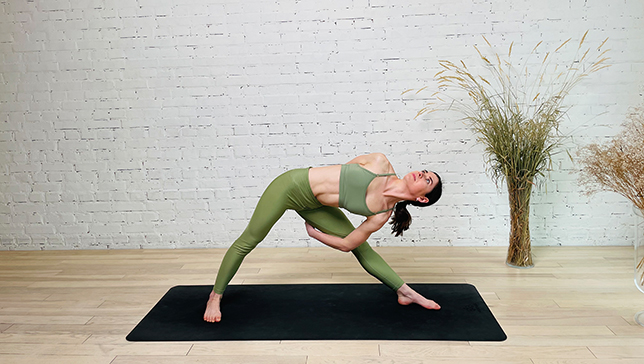
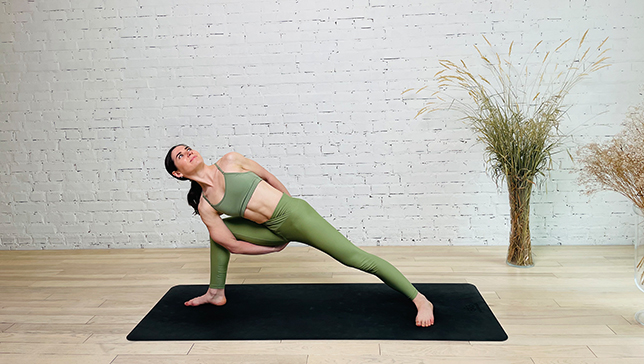
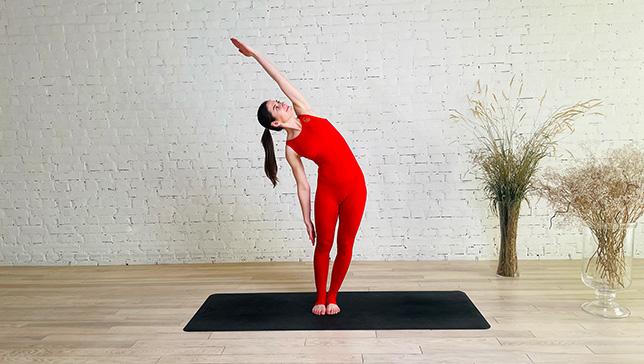
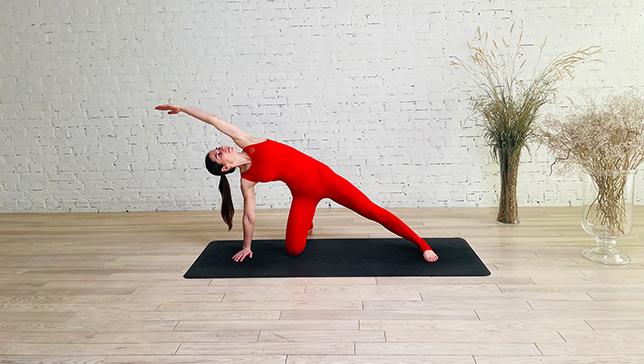
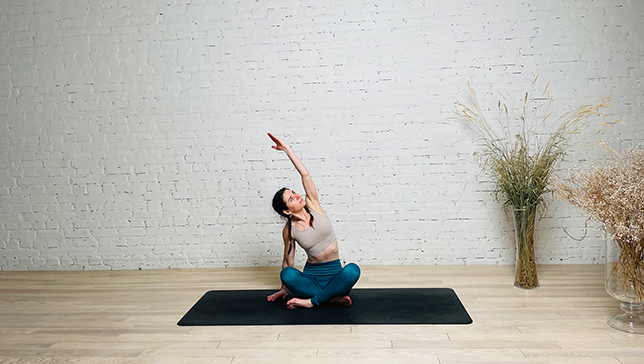
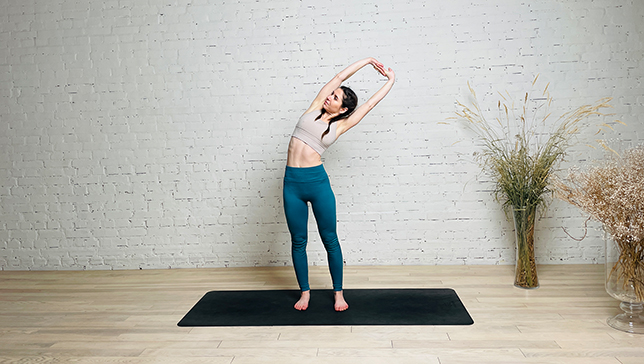
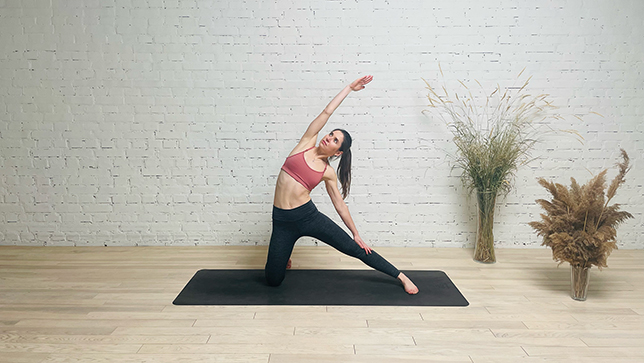
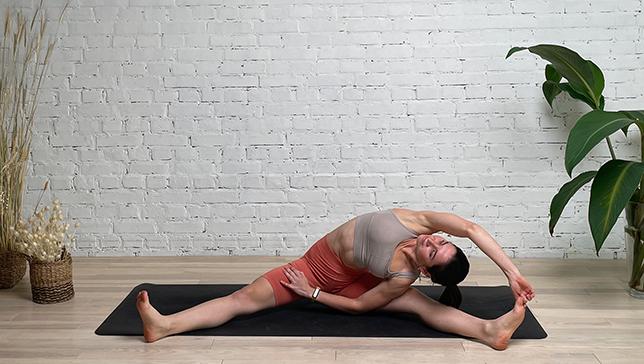
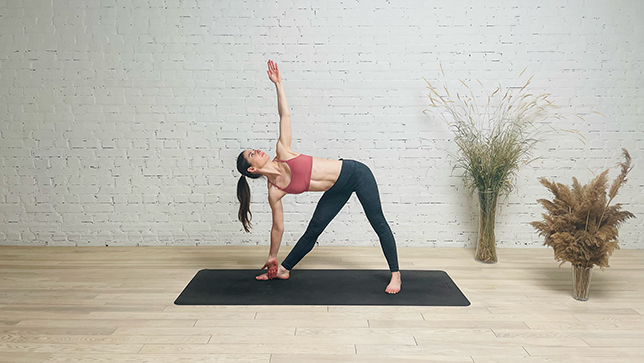
Lateral bend yoga poses are postures in yoga that involve bending the body laterally, or sideways, to stretch and strengthen the muscles along the sides of the torso. These poses are beneficial for improving flexibility, balance, and increasing the range of motion in the spine. Lateral bends also help open up the ribcage and encourage deep breathing, which can be soothing and invigorating.









In yoga, side bend poses, also known as lateral stretches or lateral bends, are designed to stretch and open the sides of the body. These poses help to increase flexibility and mobility in the spine, relieve tension in the shoulders and back, and create space for deeper breathing. Side bend poses can be performed in various positions, including standing, sitting, and even reclining. Here are some common types of side bend yoga poses based on different positions:
It’s important to practice side bend poses mindfully and with proper alignment to avoid strain or injury. Always warm up before attempting these poses, and consider taking a yoga class or working with a qualified yoga instructor to ensure you’re practicing them safely and effectively.
As with any physical activity, if you have any specific health concerns or medical conditions, consult with a healthcare professional before starting a yoga practice.
Stretches and strengthens the side body, including the intercostal muscles and obliques.
Increases flexibility and mobility in the spine, promoting better posture.
Opens the ribcage, improving lung capacity and aiding in deep breathing.
Can relieve tension in the neck, shoulders, and lower back.
Enhances body awareness and balance.
May help alleviate stiffness and discomfort caused by prolonged sitting or standing.
Spinal injuries or conditions affecting the lateral aspect of the spine.
Herniated or bulging discs in the spine.
Osteoporosis or osteopenia (avoid excessive side bending).
Pregnancy (avoid deep lateral bends or consult a prenatal yoga instructor).